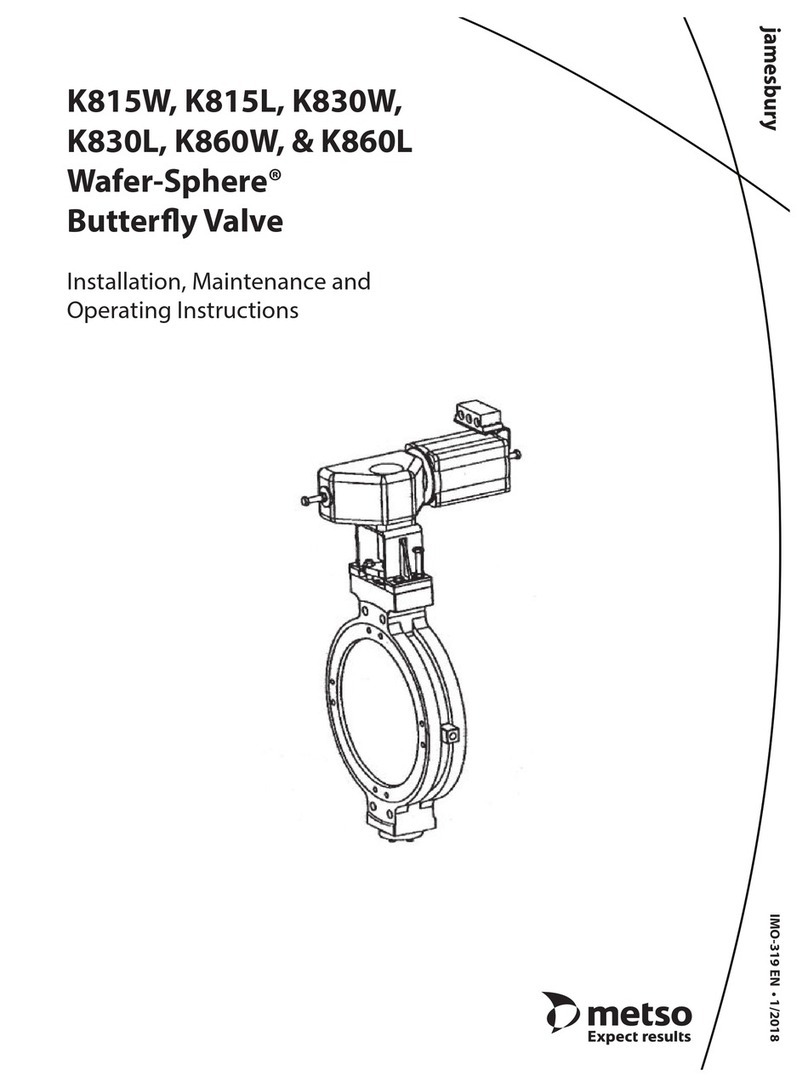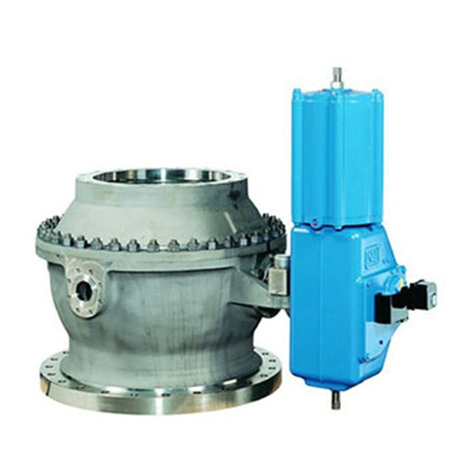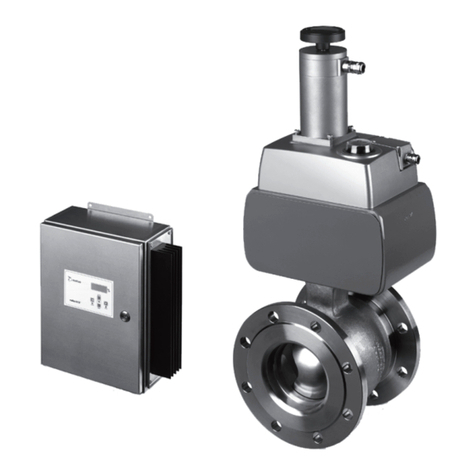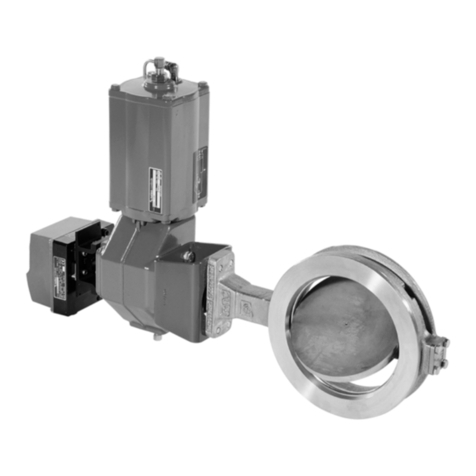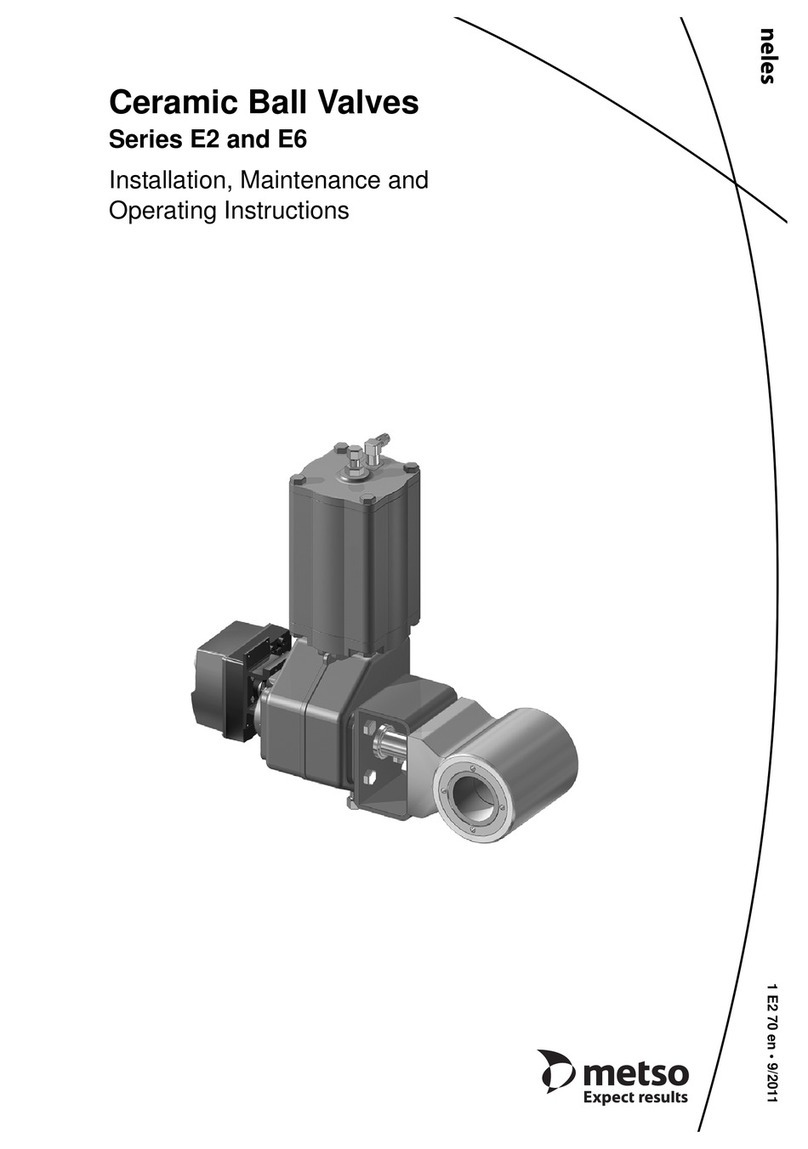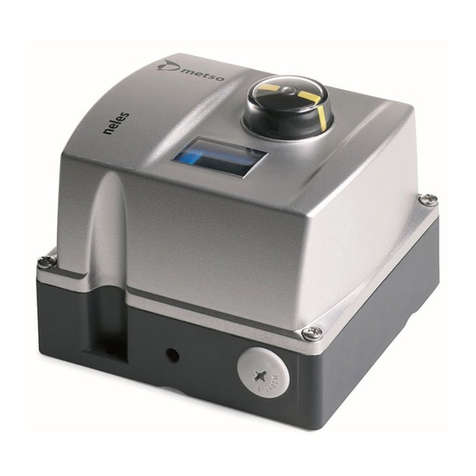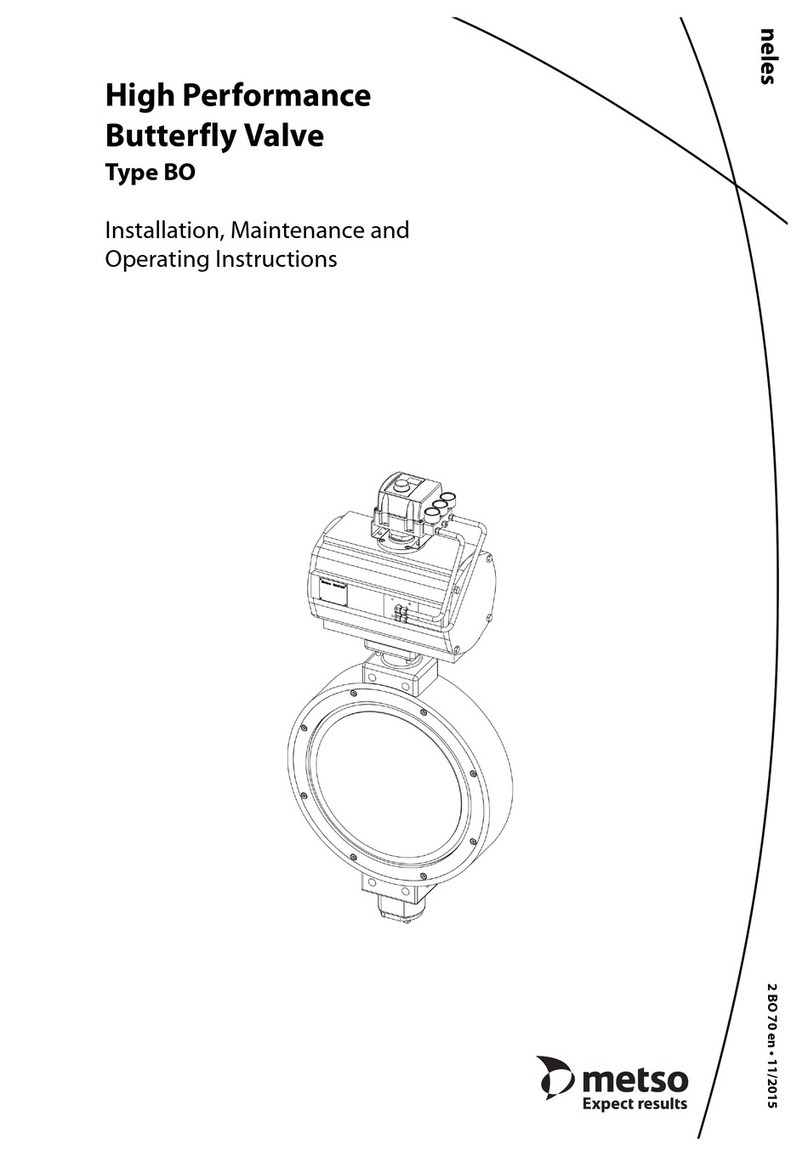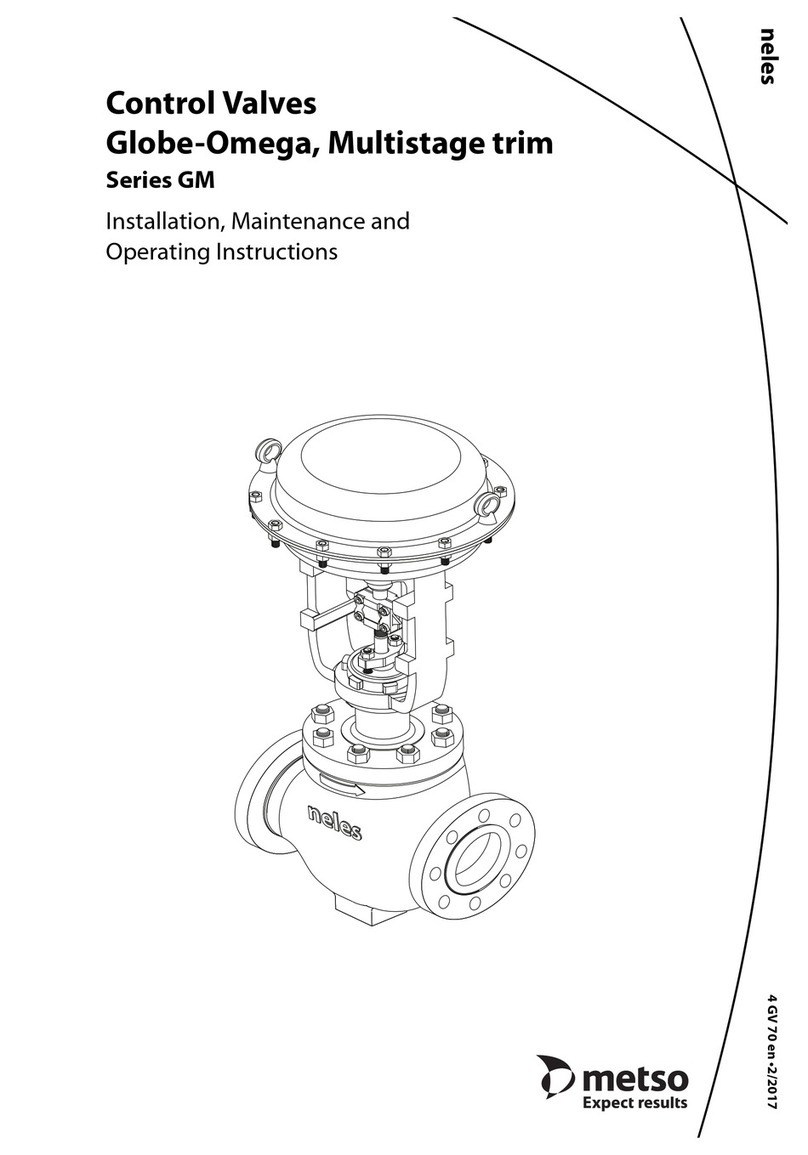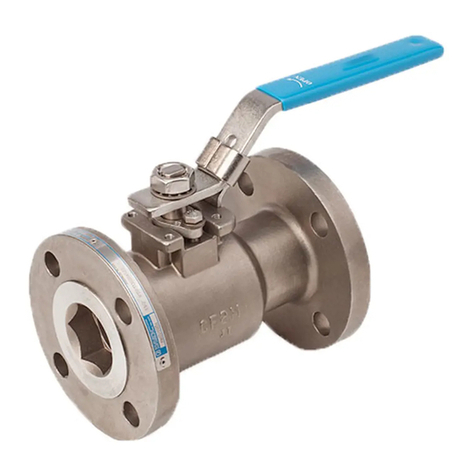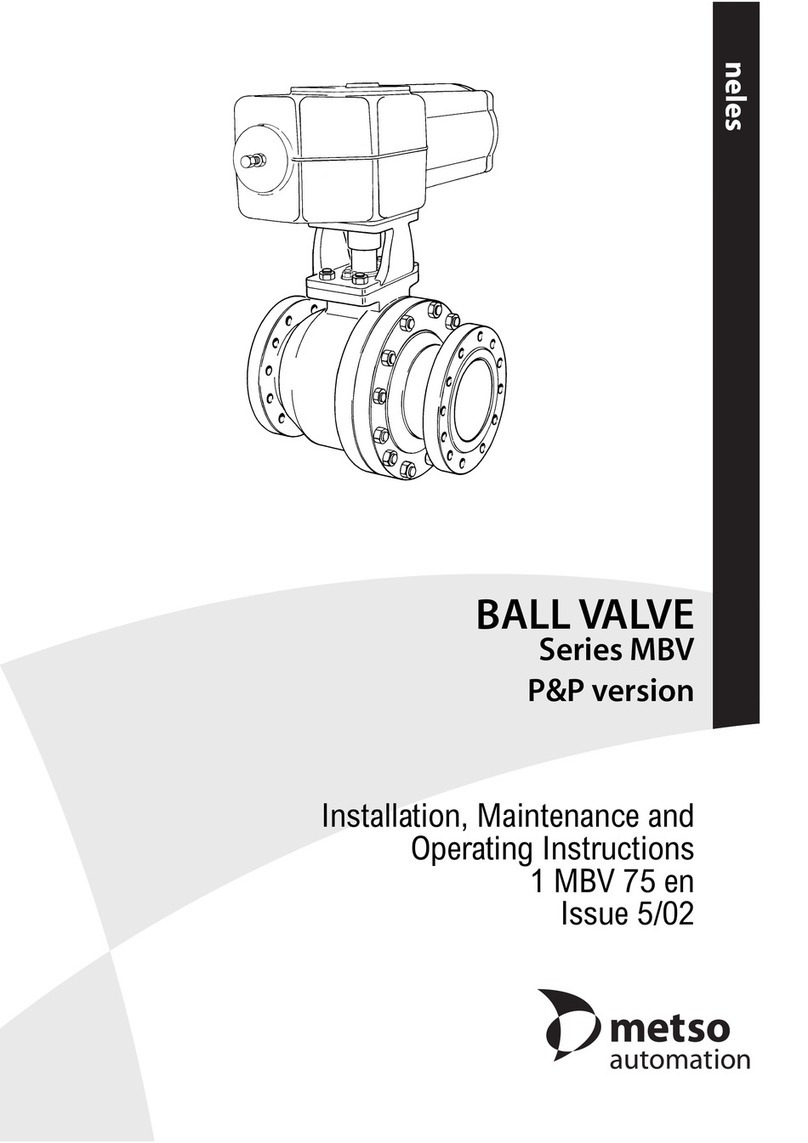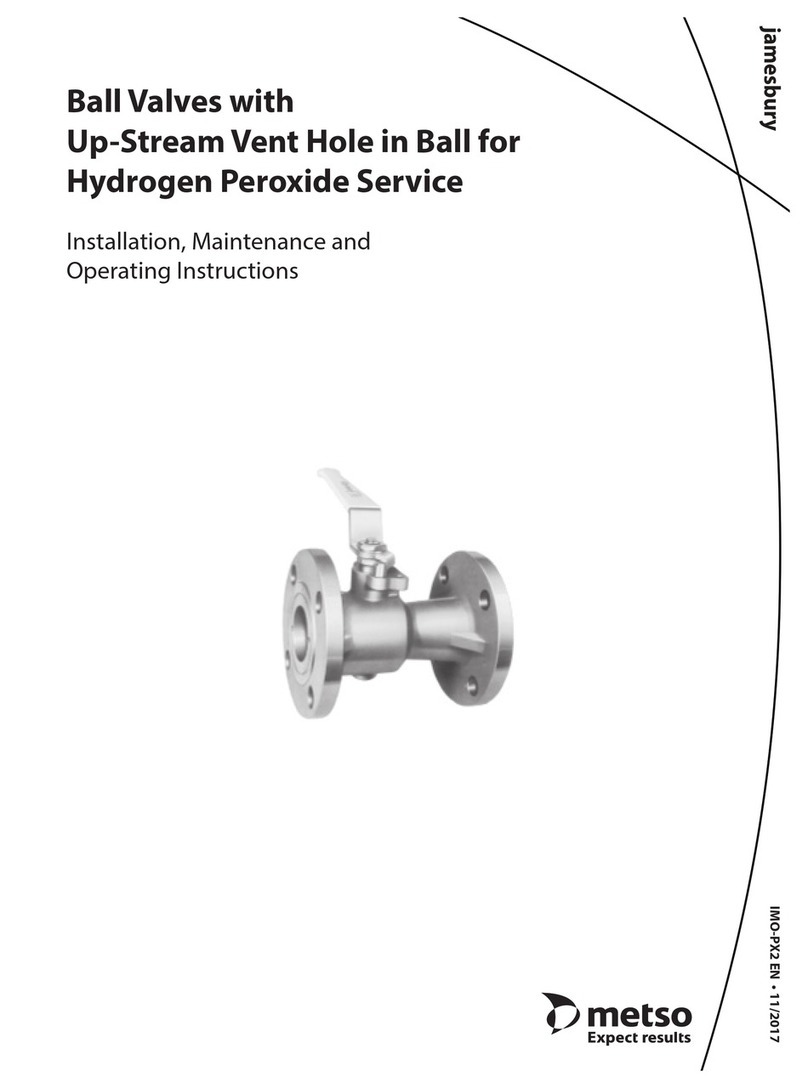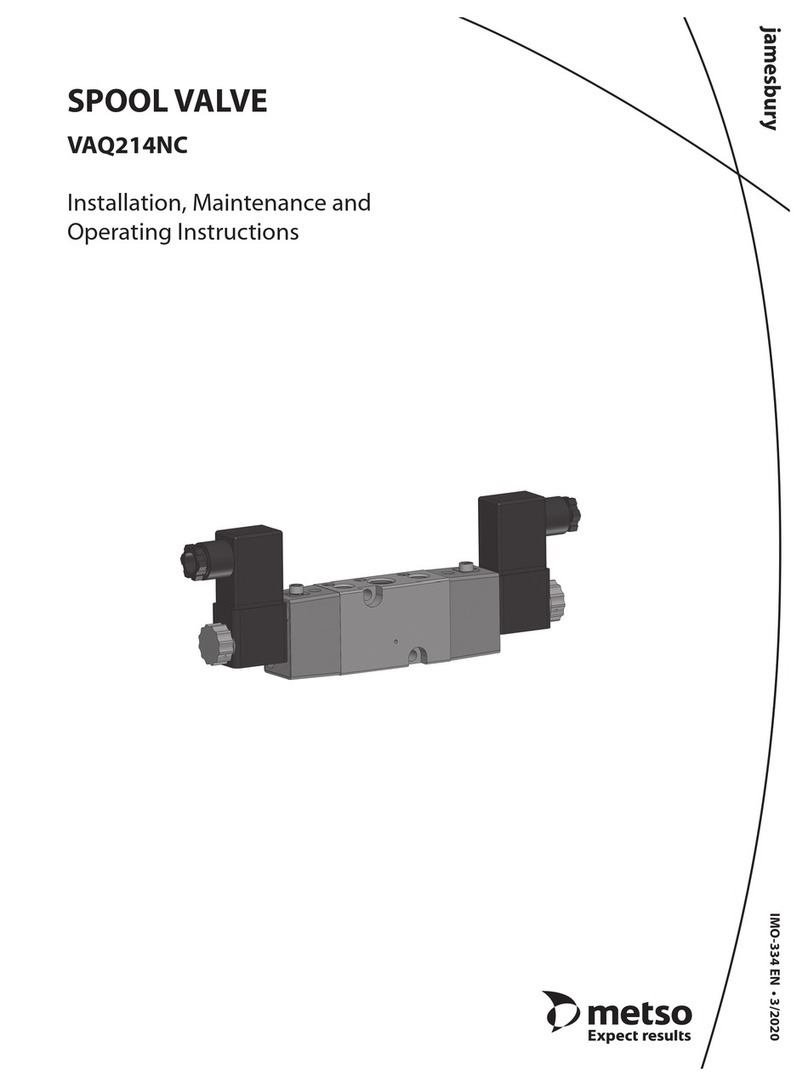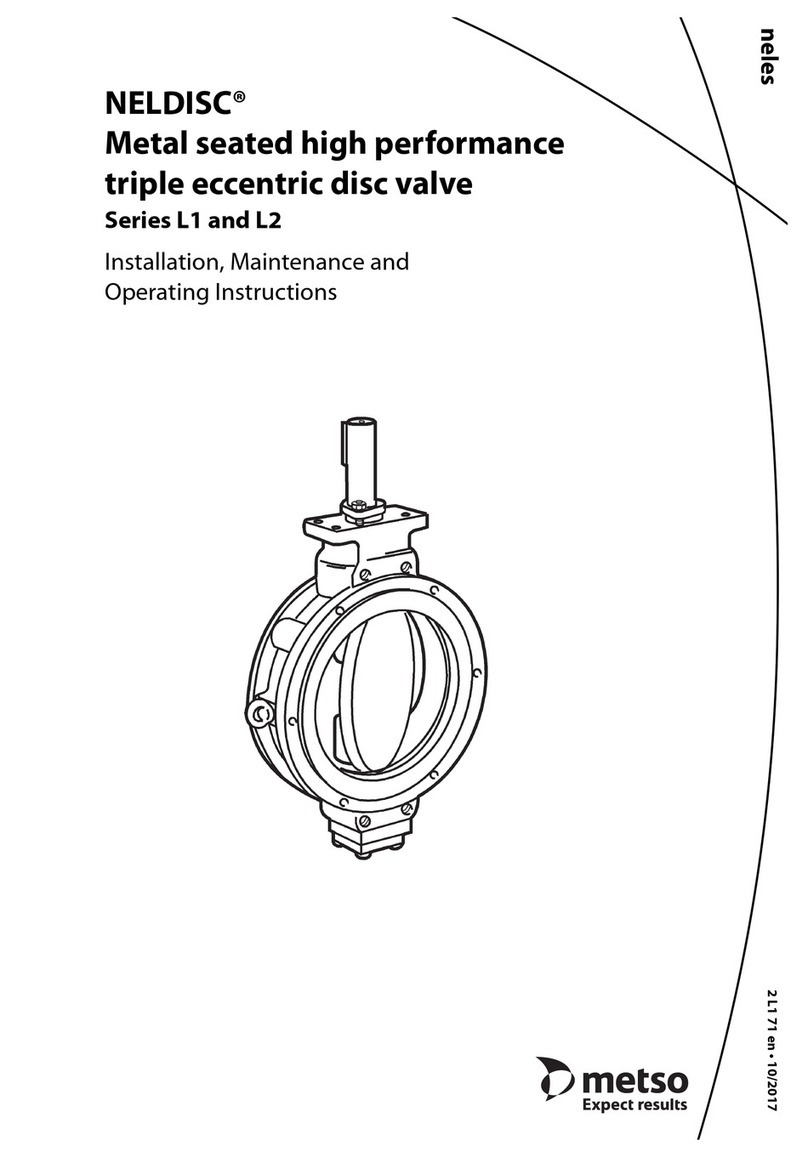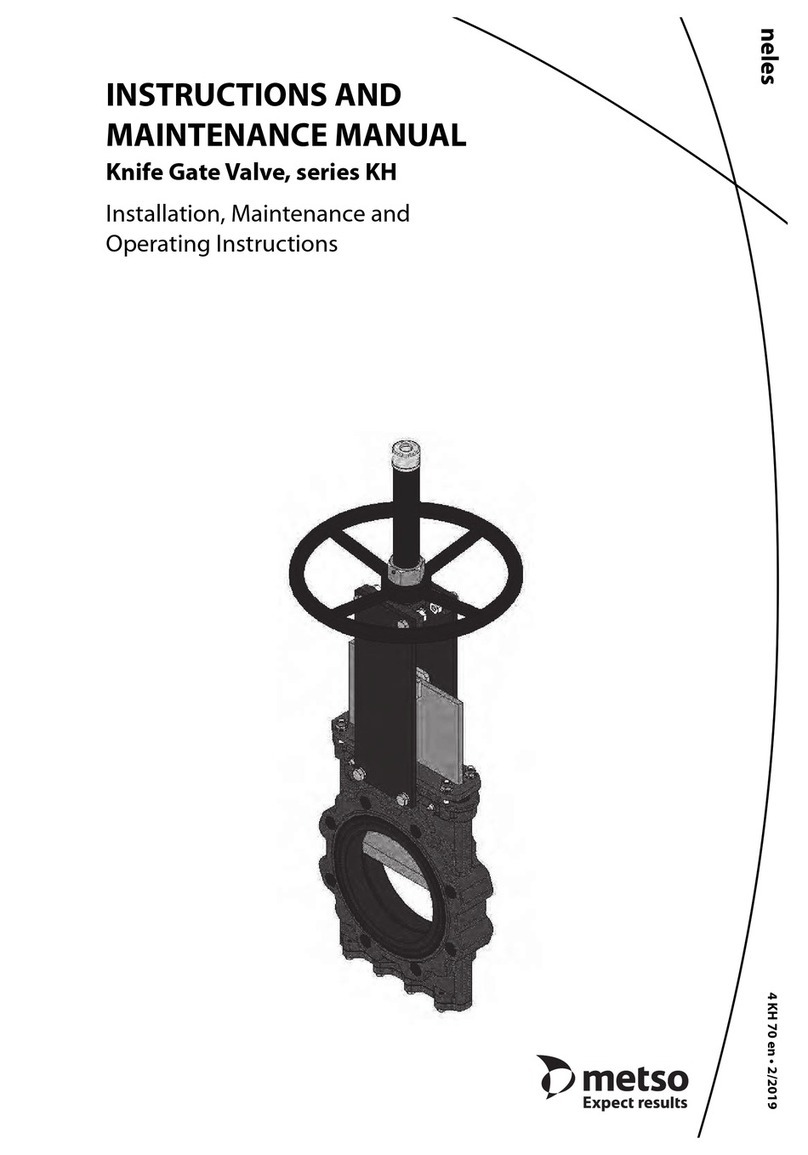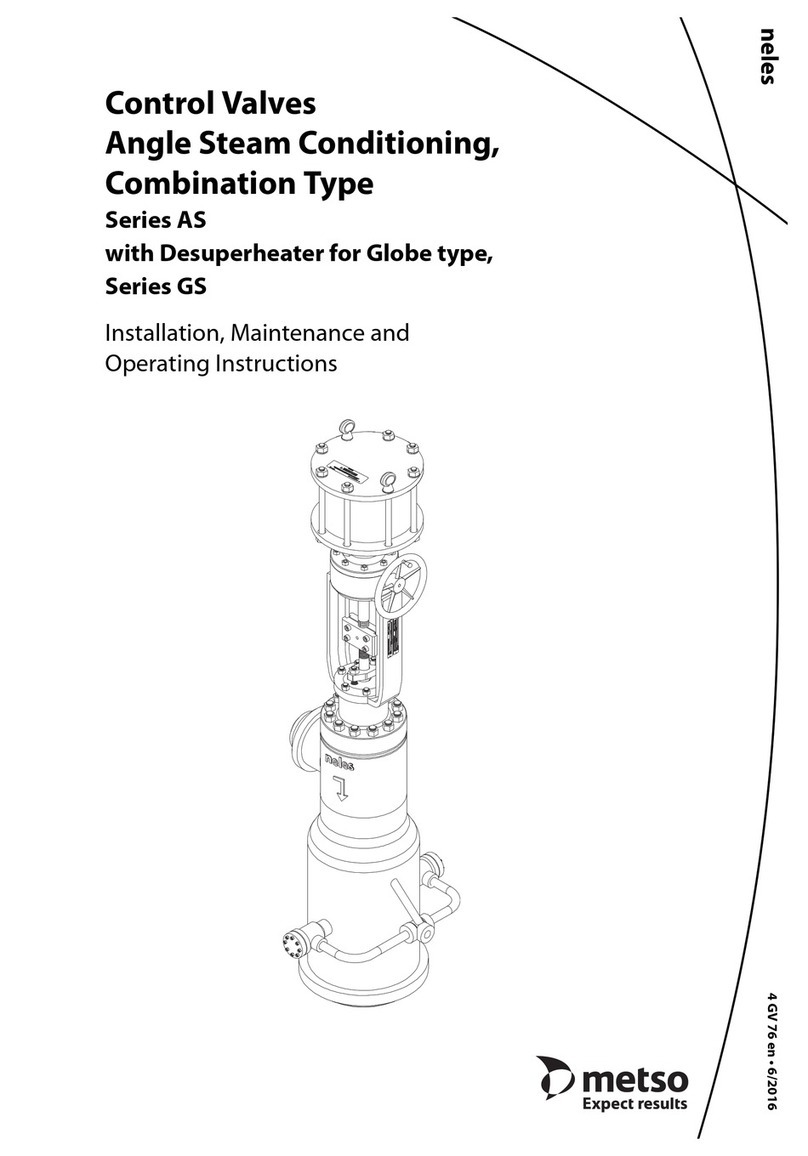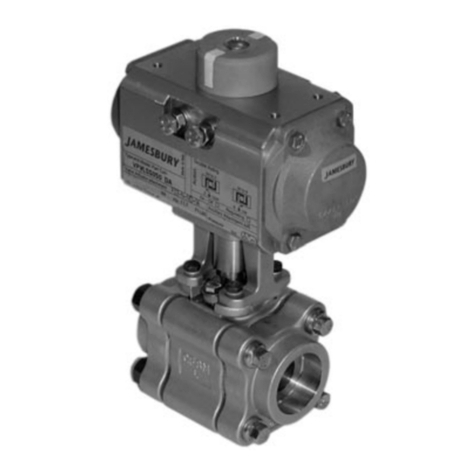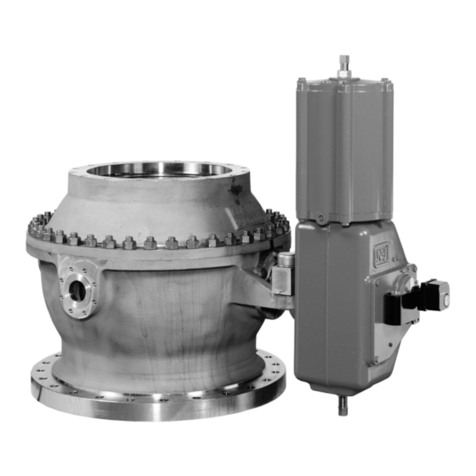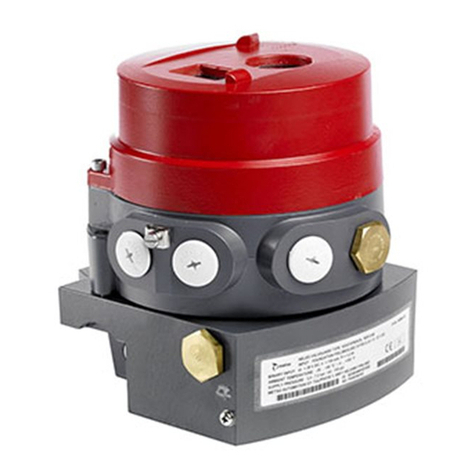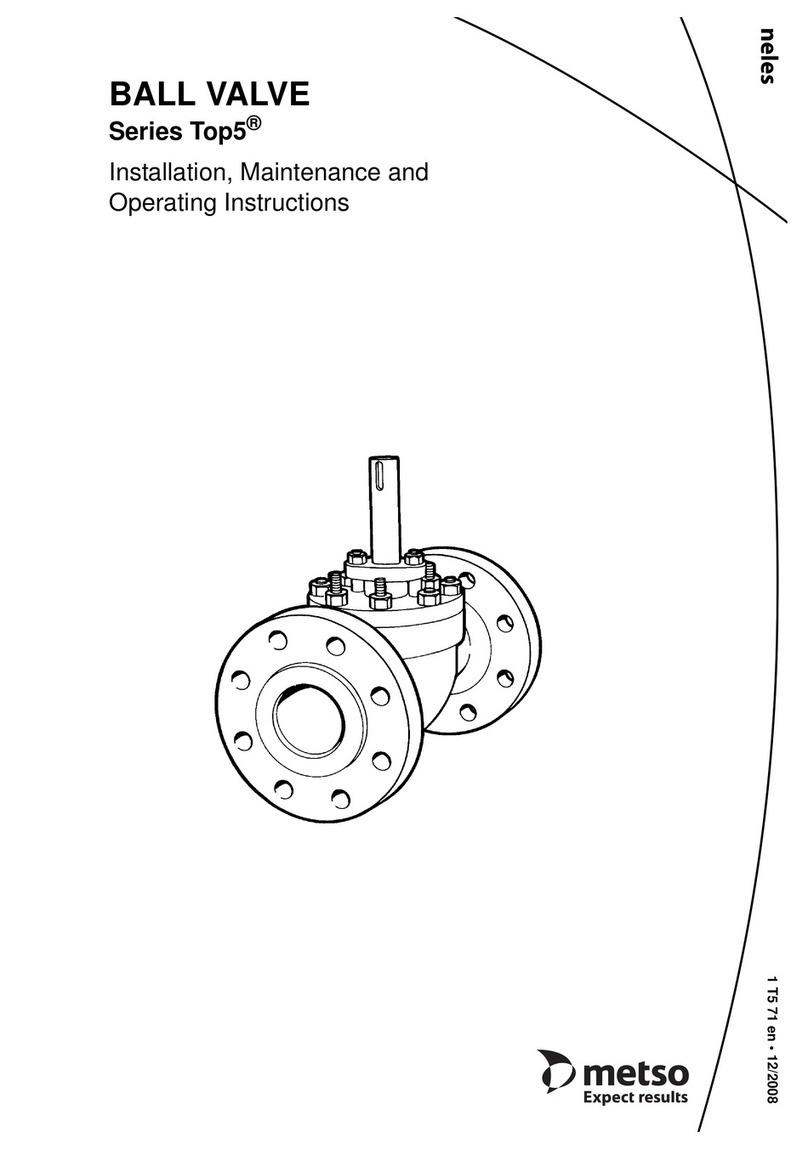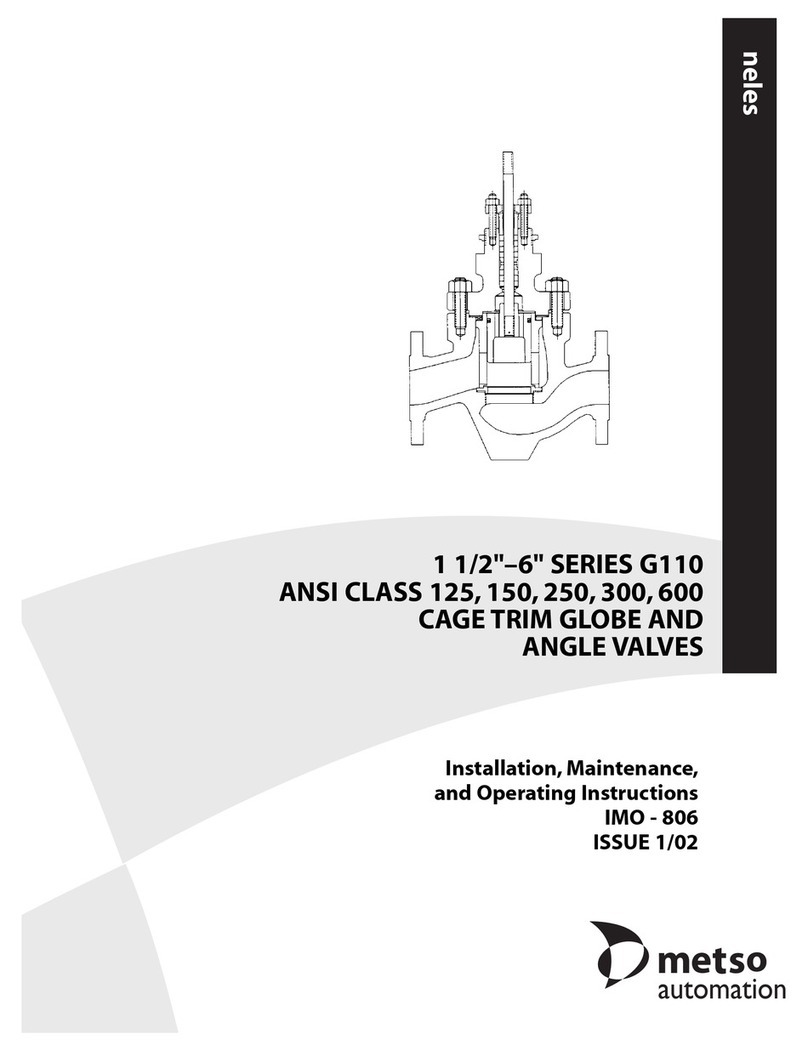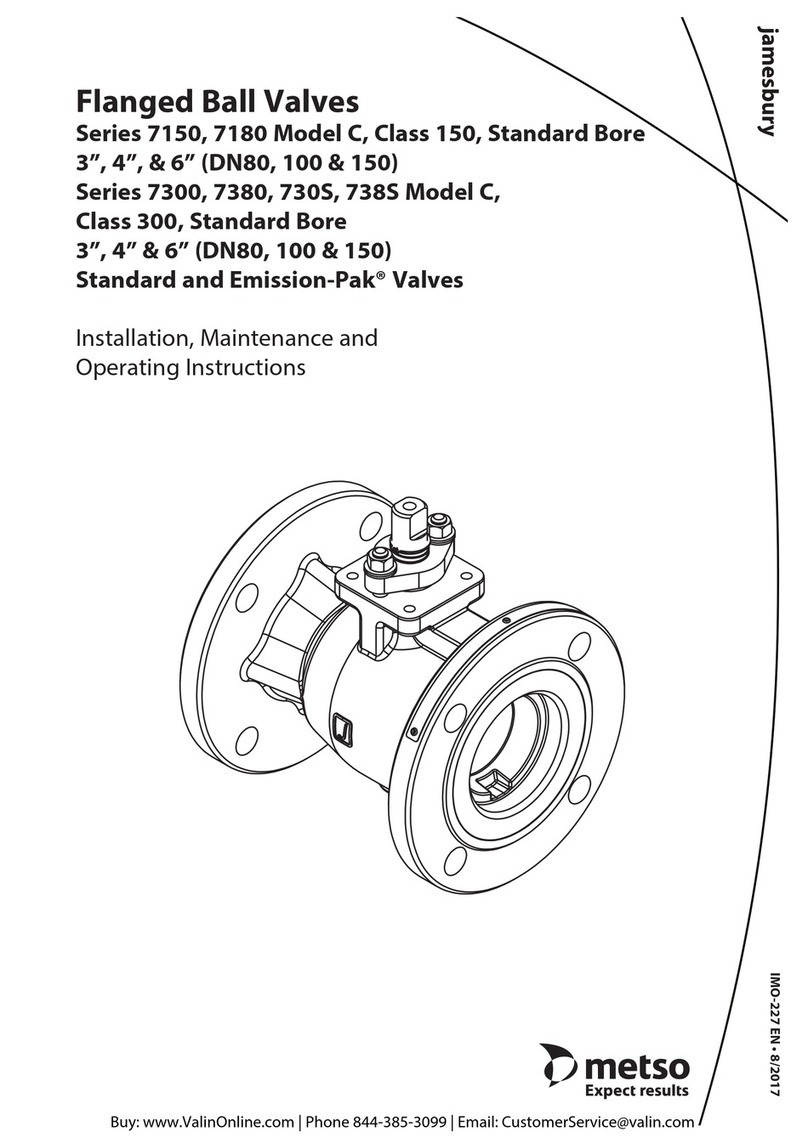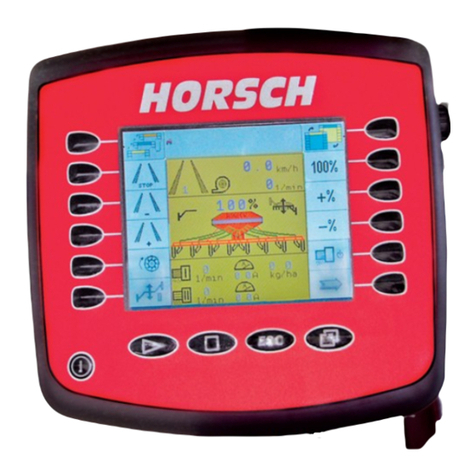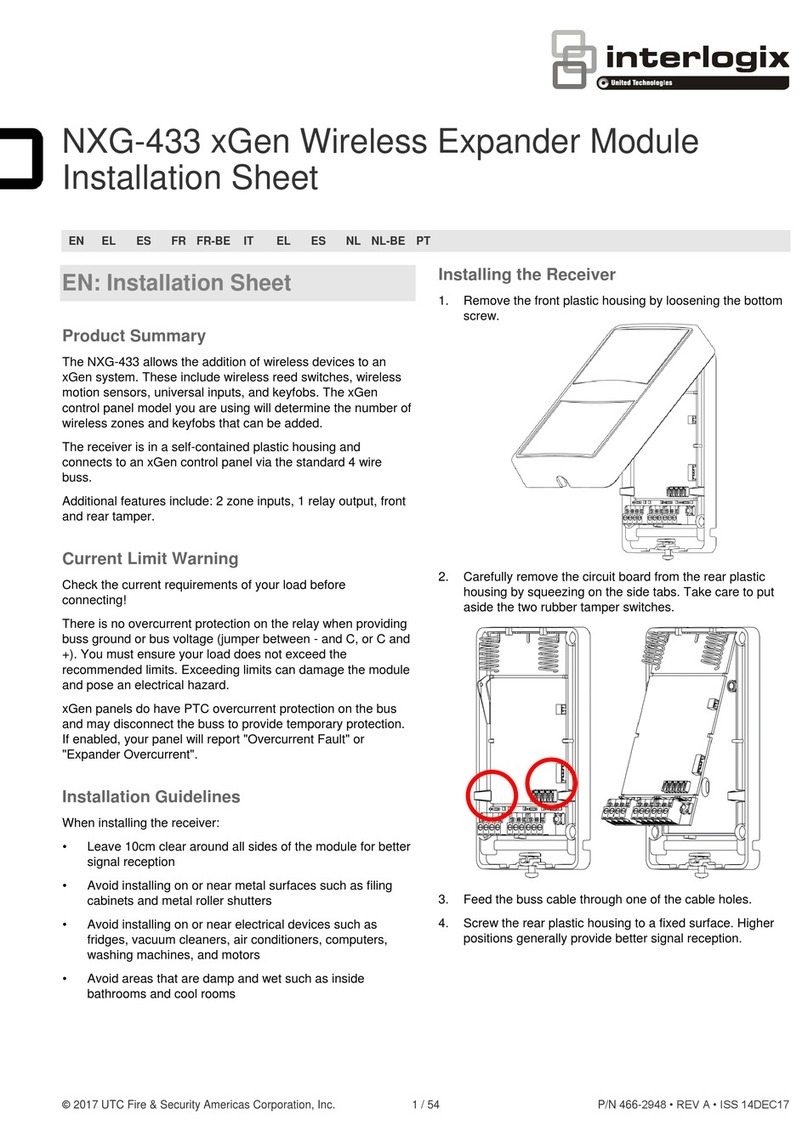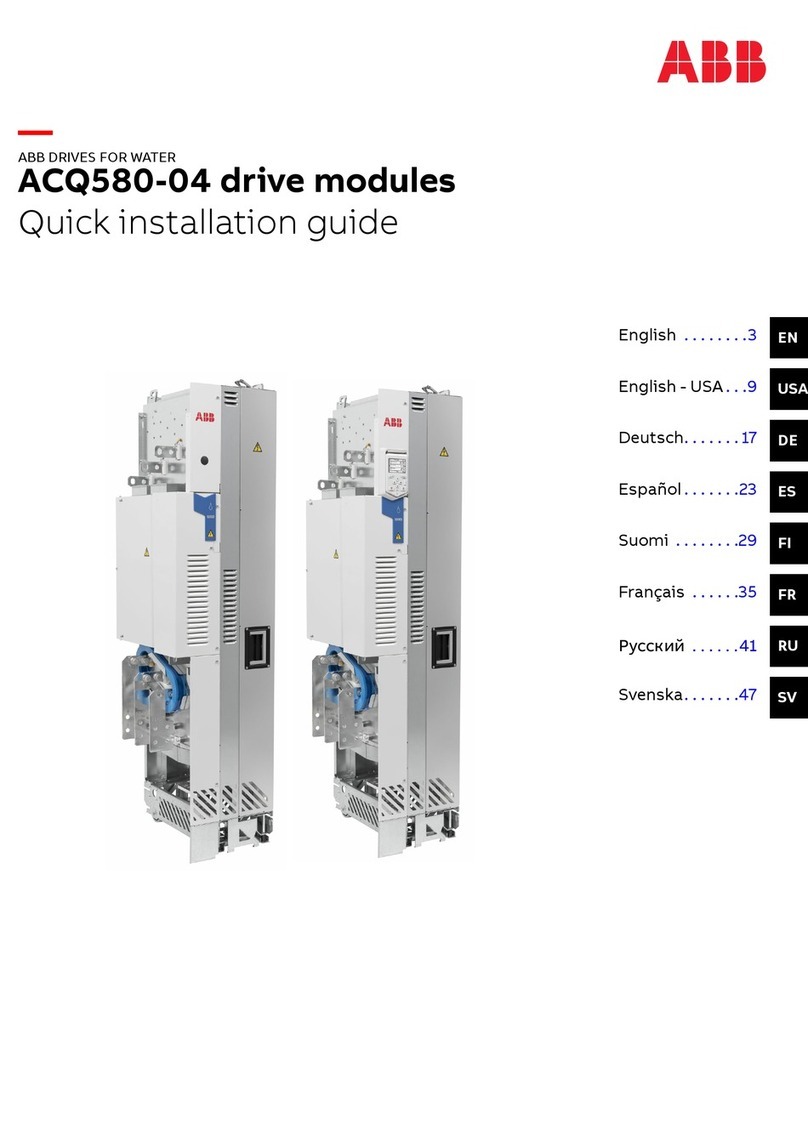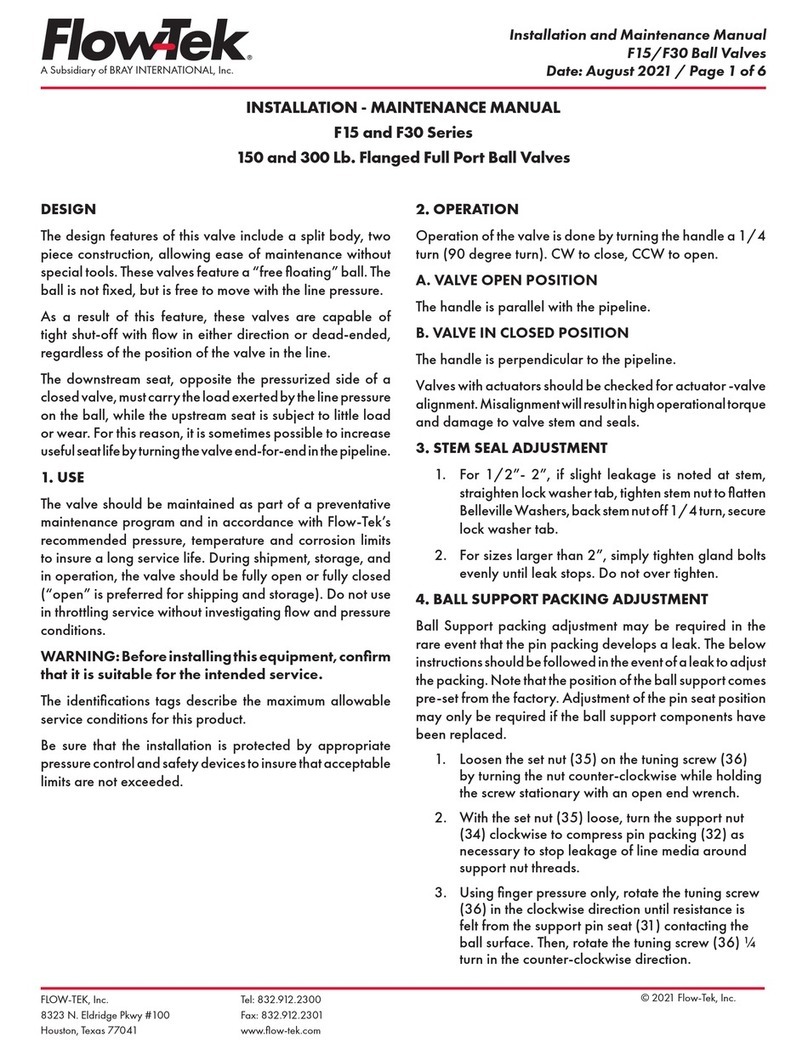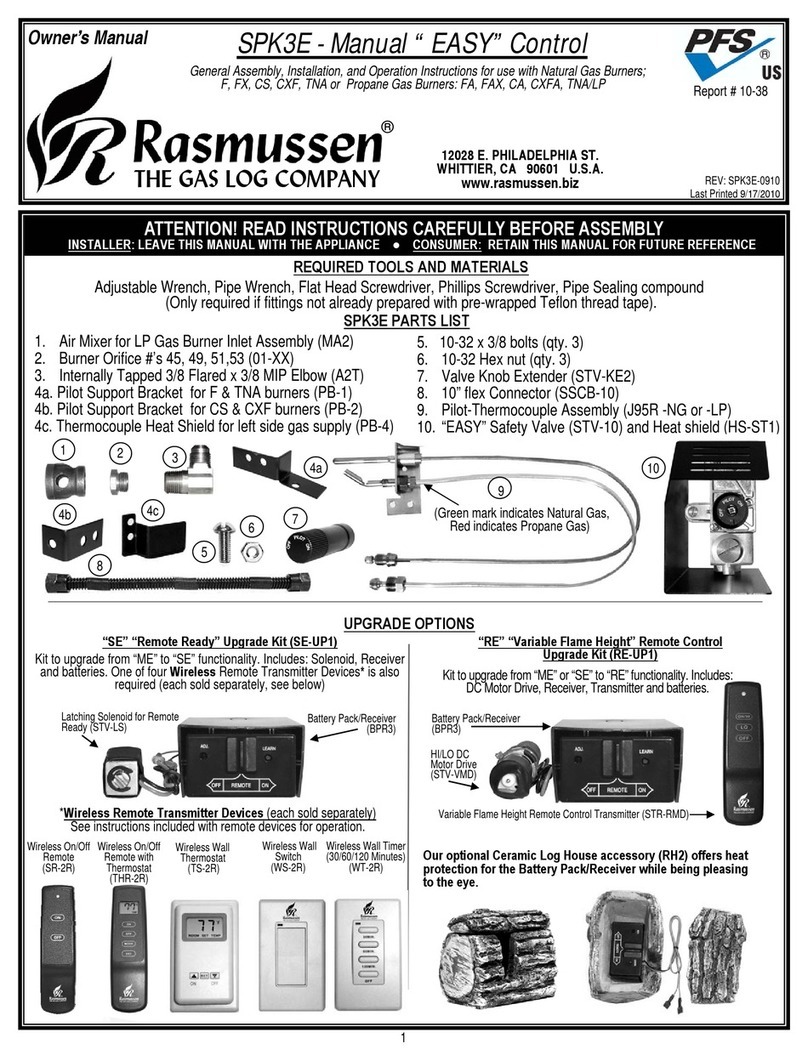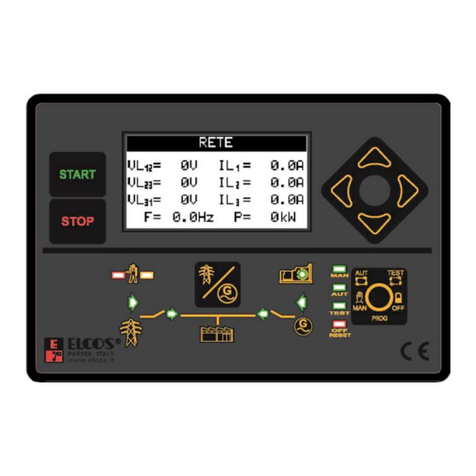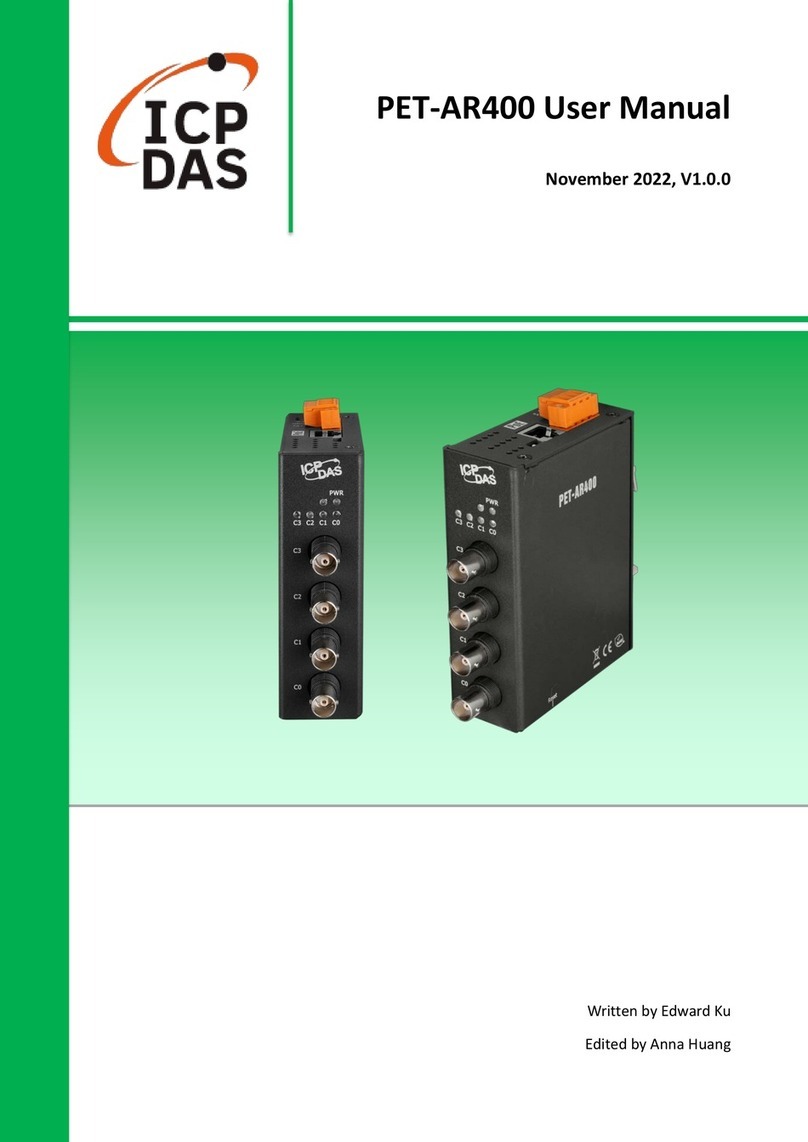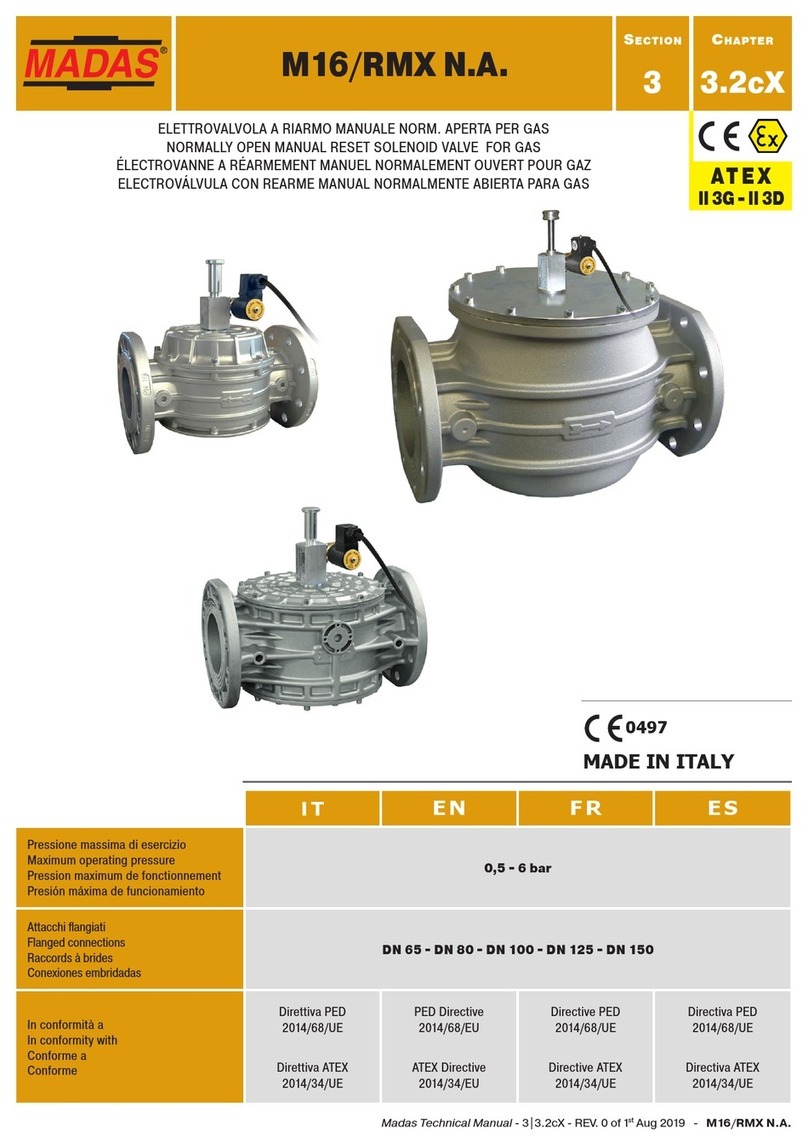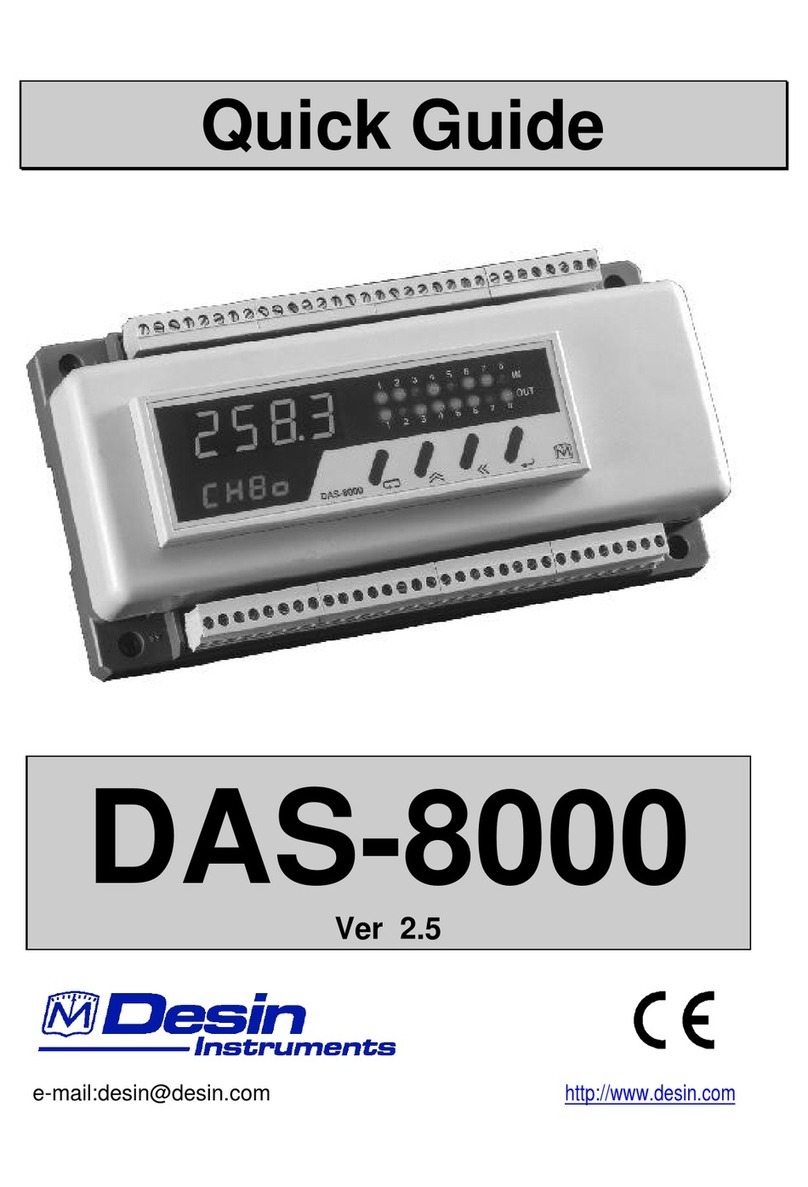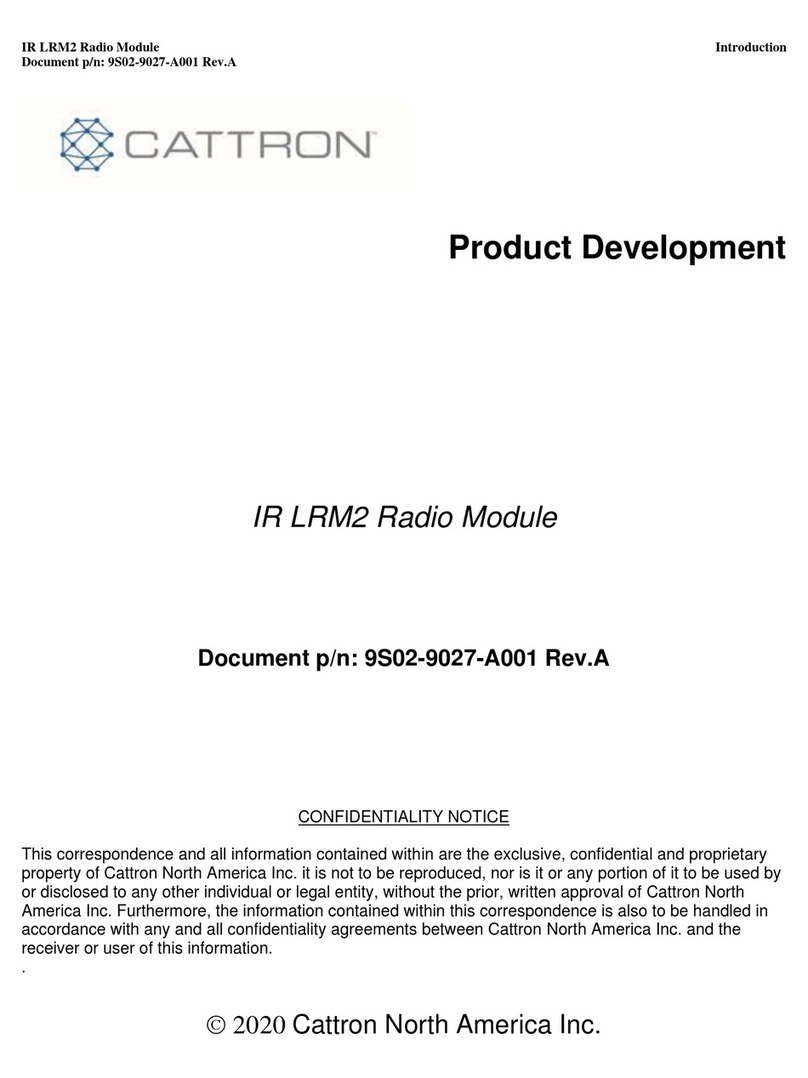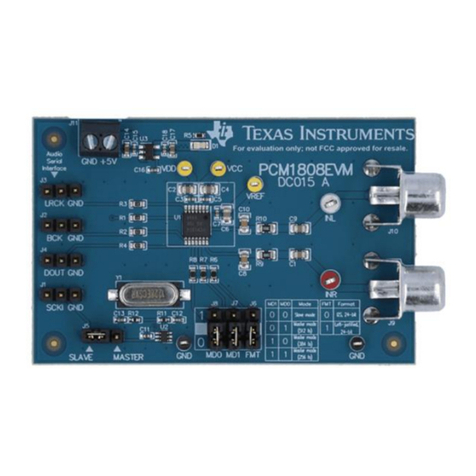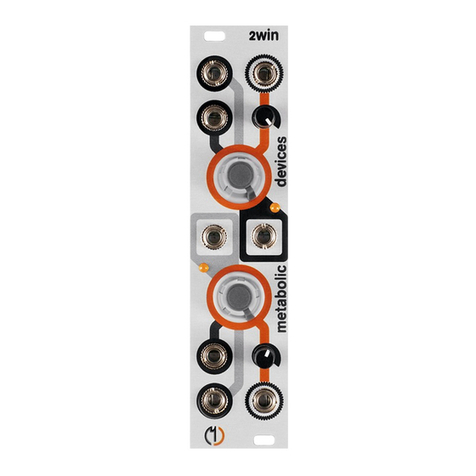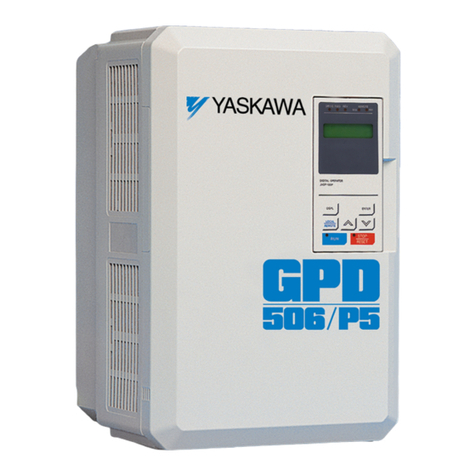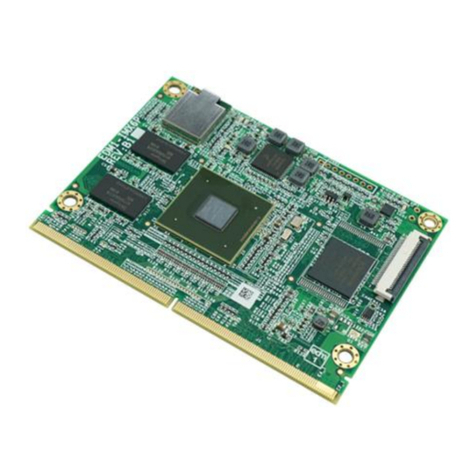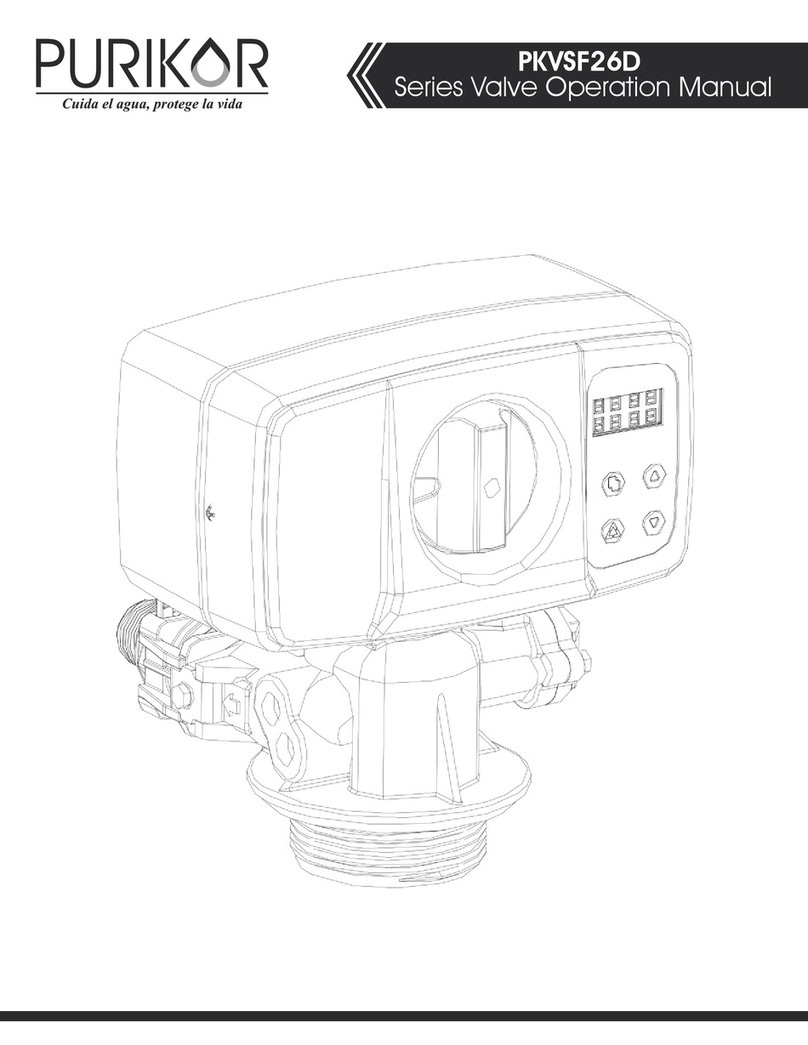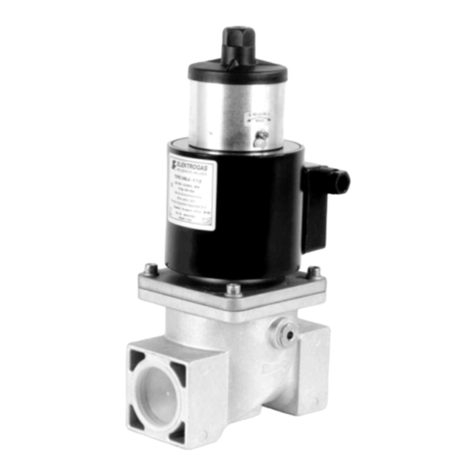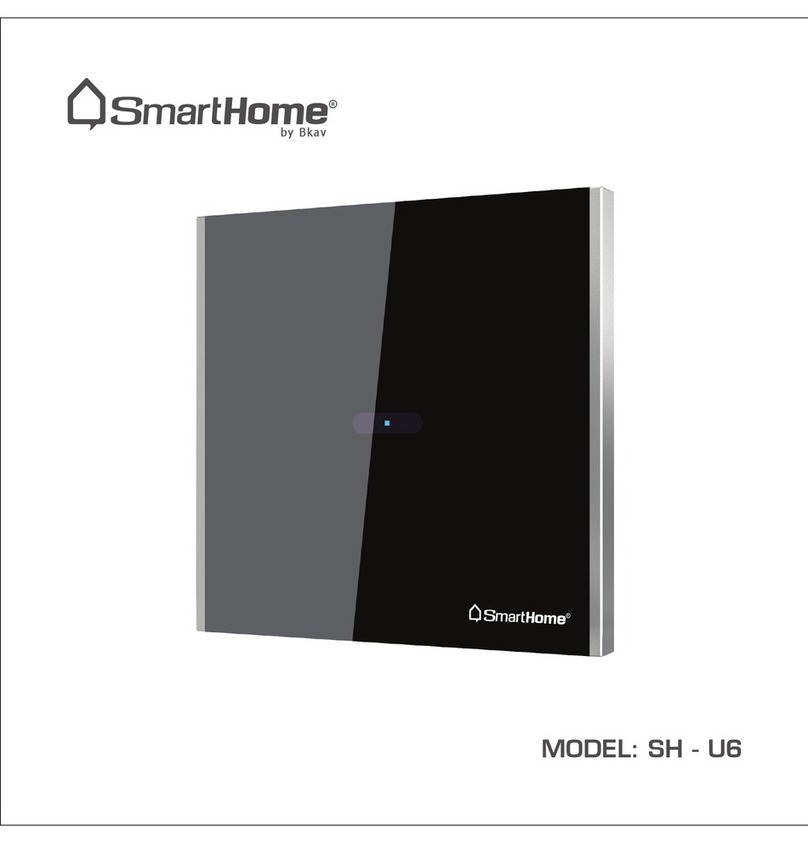
1 X 70 en 13
6 INSTALLING THE ACTUATOR
6.1 General
Use suitable mounting parts and couplings when you
install the actuators.
6.2 Installing the M-type manual gear
operator
❑The mark at the end of the shaft indicates the
direction of the ball flow bore. Turn the valve to
the closed position.
❑Lubricate the grooves of the actuator and the
couplings. Place the coupling on the shaft and
lock it. Place the bracket on the valve and turn
the lubricated screws a few times. A plate should
be installed between the valve flange mounting
face or bracket and the actuator mounting face,
see actuator’s instructions for details.
❑Turn the actuator to the closed position and push it
carefully onto the valve shaft on which the coupling
has been mounted. Please note the marks on the
handwheel and the coupling.
❑Lubricate the actuator screws. Tighten all
screws.
❑Adjust the ball open and closed positions with
the hexagon screws located at the side of the
housing (see Fig. 26). The stop-screw for the
open position is nearest to the handwheel on the
side of the housing and the screw for the closed
position is at the opposite end. The turning direc-
tions for the handwheel are marked on the wheel.
❑Check the valve by turning the handwheel to the
extreme positions. The yellow arrow should indi-
cate the direction of the ball flow bore.
6.3 Installing the B1C-series actuator
❑Turn the valve to the closed position and drive
actuator piston to the extreme outward position.
❑File off any burrs and clean the shaft bore.
❑The line at the end of the shaft indicates the direc-
tion of the ball flow bore.
❑Lubricate the actuator shaft bore. Fasten the
bracket loosely to the valve.
❑Slip the actuator carefully onto the valve shaft.
Avoid forcing it since this may damage the ball
and seats. We recommend mounting the actua-
tor so that the cylinder is pointing upwards.
❑Position the actuator parallel or vertical to the
pipeline as accurately as possible. Lubricate the
actuator mounting screws and then fasten all
screws.
❑Adjust the ball open and closed positions by
means of the actuator stop screws located at
both ends (see Fig. 27). An accurate open posi-
tion can be seen in the body flow bore. Check
that the yellow arrow on the actuator indicates
the ball flow opening position. Keep fingers out
of the flow bore!
There is no need for stop screw adjustment if the actua-
tor is re-installed in the same valve. Drive actuator piston
to the housing end (open position). Turn the actuator by
hand until the valve is in the open position. Fasten the
actuator in this position as explained above.
❑Check the stop screw thread tightness. An O-ring is
used for sealing.
❑Check that the actuator is functioning correctly.
Drive the actuator piston to both cylinder ends
and check the ball position and its movement with
respect to the actuator (close: clockwise; open:
counterclockwise). The valve should be closed
when the piston is in the extreme outward posi-
tion.
❑If necessary, change the position of the actuator
pointing cover to correctly indicate the valve
open/closed position.
6.4 Installing the B1J-series actuator
Spring-return actuators are used in applications where
valve opening or closing movement is needed in case
the air supply is interrupted. The B1J type is used for
spring-to-close operation; the spring pushes the piston
towards the cylinder end, the extreme outward position.
In turn, the B1JA type is used for spring-to-open opera-
tion; the spring pushes the piston towards the housing.
Spring-return actuators are installed in a manner similar
to B1C-series actuators, taking into account the follow-
ing.
6.4.1 B1J-type
❑Install the actuator so that the piston is in the extreme
CAUTION:
Beware of ball cutting movement!
Fig. 25 Open and closed positions of the M actuator
Stop screw for Stop screw for
CLOSED position OPEN position
Fig. 26 Open and closed positions of the B1C/B1J
actuator
Stop screw for CLOSED position
Stop screw for OPEN position




















